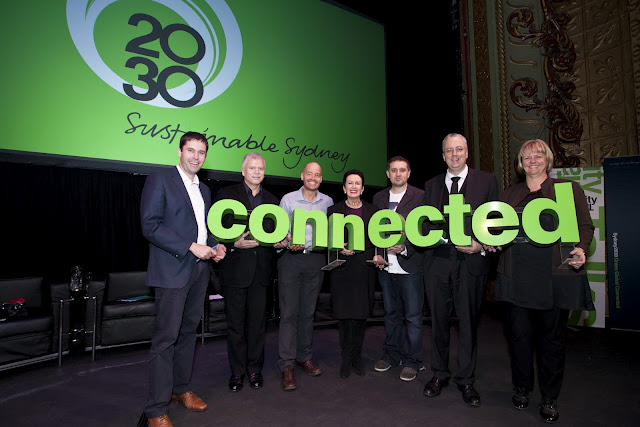“I’m not sure what to do with this,” frowned the public service executive to a group of blank faced departmental staffers. “I’ll take it,” I said to break the silence.
With that, I was on a journey into exactly what Sydney’s startup and digital media communities looked like and learning why governments struggle to build technology hubs.
I’d been working for the state government for two months after a specularly unsuccessful exit from a business and in the shadow of the 2008 financial crisis getting a public service job seemed like a good idea.
Vague ideas
The project being discussed by Bob, my then director, was a single line in the recommendations from the then Premier’s Jobs Summit which was convened in the panicky dark days of the 2008 global financial crisis – “A digital hub will be setup around the Australian Technology Park.”
Bob, and the management of the New South Wales Department of Trade and Investment had little idea of what a ‘digital hub’ was and my position of ‘Manager, Creative Industries” – with a staff of precisely zero – was vague given the state’s support to the creative industries was, and remains, based on throwing big buckets of money at the Hollywood movie studios.
So the Sydney Digital Hub was born and the quest to find out exactly was was needed, or at least would keep the Premier’s office happy, was on.
It immediately became apparent the Australian Technology Park wasn’t going to be the centre of anything as far as Sydney’s startup community was concerned. The complex was too far away from the city and too expensive for most of the businesses.
Replacing what’s existing
“We already have a digital hub,” was the other response. “It’s Surry Hills.” Which was a far call as a large part of the Sydney startup and digital media communities were based in the suburb on the edge of the city’s centre.
This actually worked well as the exact wording of the committee’s recommendation was “create a digital hub around the Australian Technology Park.” In this case, Surry Hills was ‘around’ the ATP.
Eventually the project became Digital Sydney and by the time it was launched, the state had gone through two Premiers, elected another party into government and I was long gone from the department, having lasted just 19 months.
Before leaving, I had managed to steer through a million dollars in funding for the project from the then Labor minister – since caught up on corruption charges surrounding coal mine leases – which, to their credit, was honoured by the incoming Liberal government that took power shortly after.
Dying a slow, unfunded death
That funding was renewed and the project died a slow death, which didn’t really matter as Sydney’s startup and digital media communities had developed despite of, not because of, any government policies. Indeed, the New South Wales’ government’s economic development policies were, and remain, focused on property development and coal mining.
Which brings us to the present day, where the Sydney startup community is upset at the Sydstart conference being poached by the Victorian government and moving to Melbourne on the promise of a million dollars in support as part of the state’s startup program.
The promoters of the now relocated and renamed conference are adamant it matters, but the truth is it doesn’t. In fact the biggest ticket item of NSW government support to the IT sector is the annual CeBIT conference that in truth has added little to the state’s technology industry and many similar initiatives in Victoria have had a similar lack success.
A lack of long term vision
Part of the reason for that lack of success is a lack of consistency and long term strategies, in fact the Australian Technology Park itself is under threat as the state government looks at selling the site to apartment developers despite the protests of the tech community.
Another aspect is state sponsored conferences, hubs and initiatives are not enough to create an industrial centre. There has to be an organic, or business, reason for a hub to develop.
For industry hubs, be they tech startups or anything else, the core need is a critical mass of investors and skilled workers with easy access to markets. For internet based businesses, the latter isn’t an issue which is why Wellington in New Zealand has done better than either Sydney or Melbourne in recent years.
Providing stable frameworks
The role of governments in this is to provide a stable framework for businesses to work within, something that hasn’t been a feature of state or Federal Australian politics in recent years with leadership instability and the increasing prevalence of policy by thought bubble, a good example being the latest scheme to create a new technology hub even further out of downtown Sydney on the site of disused power station.
While the talk of government sponsored initiatives is nice and keeps my former colleagues at the state government occupied writing ministerial briefings on pink paper, building the tech hubs of the future needs motivated entrepreneurs, investors and skilled workers. The best thing governments can do is make sure they encourage all three groups and leave the community building to the community.
Similar posts:




